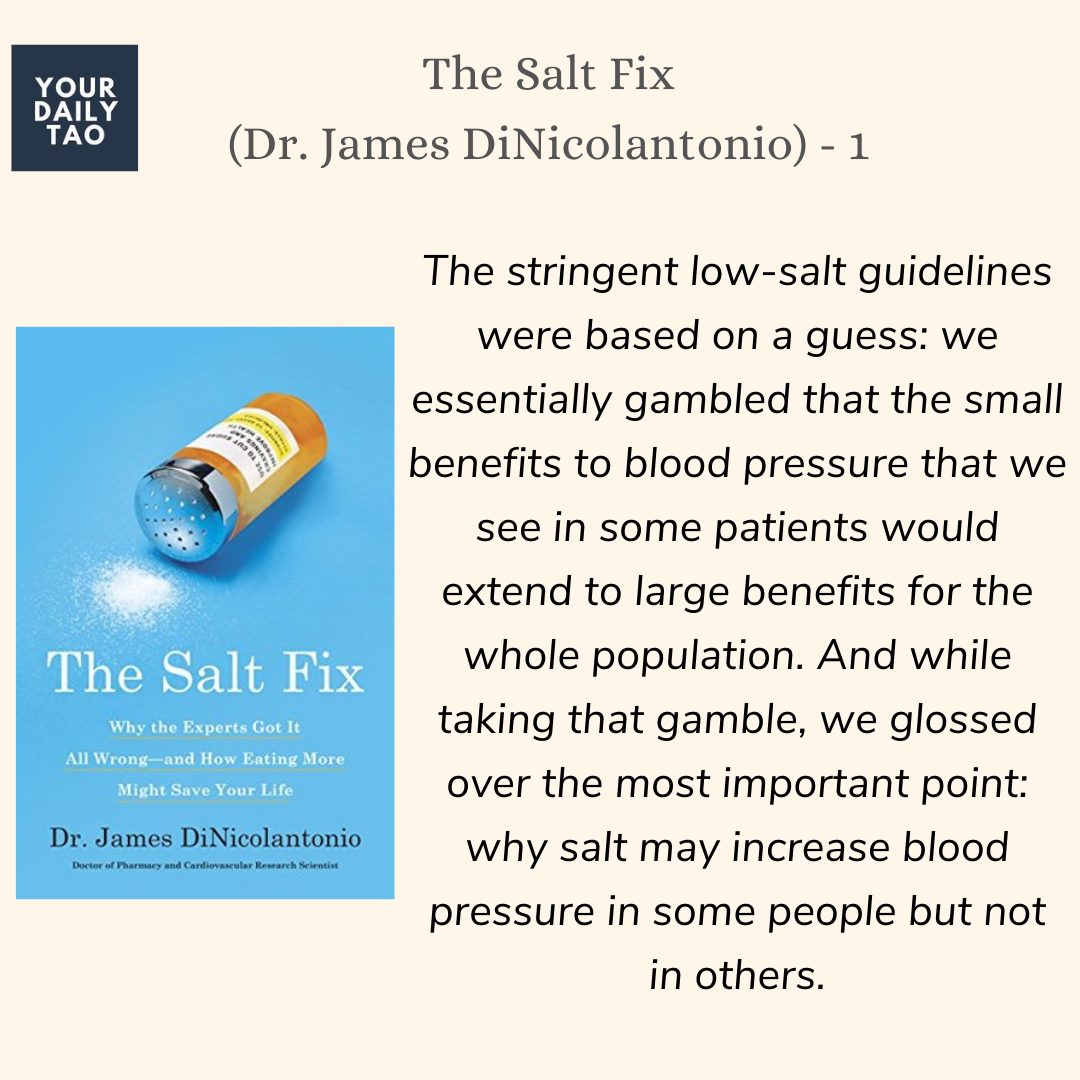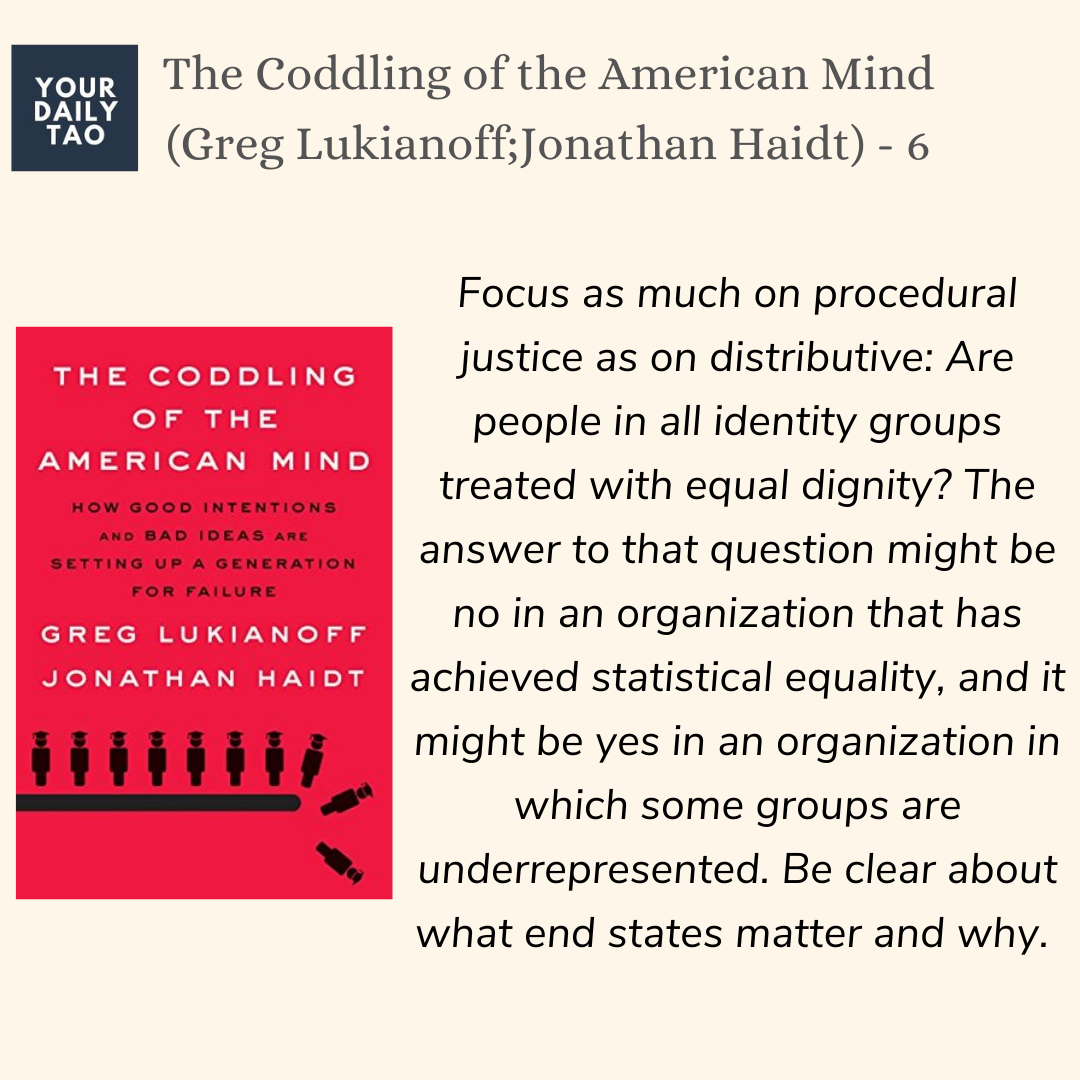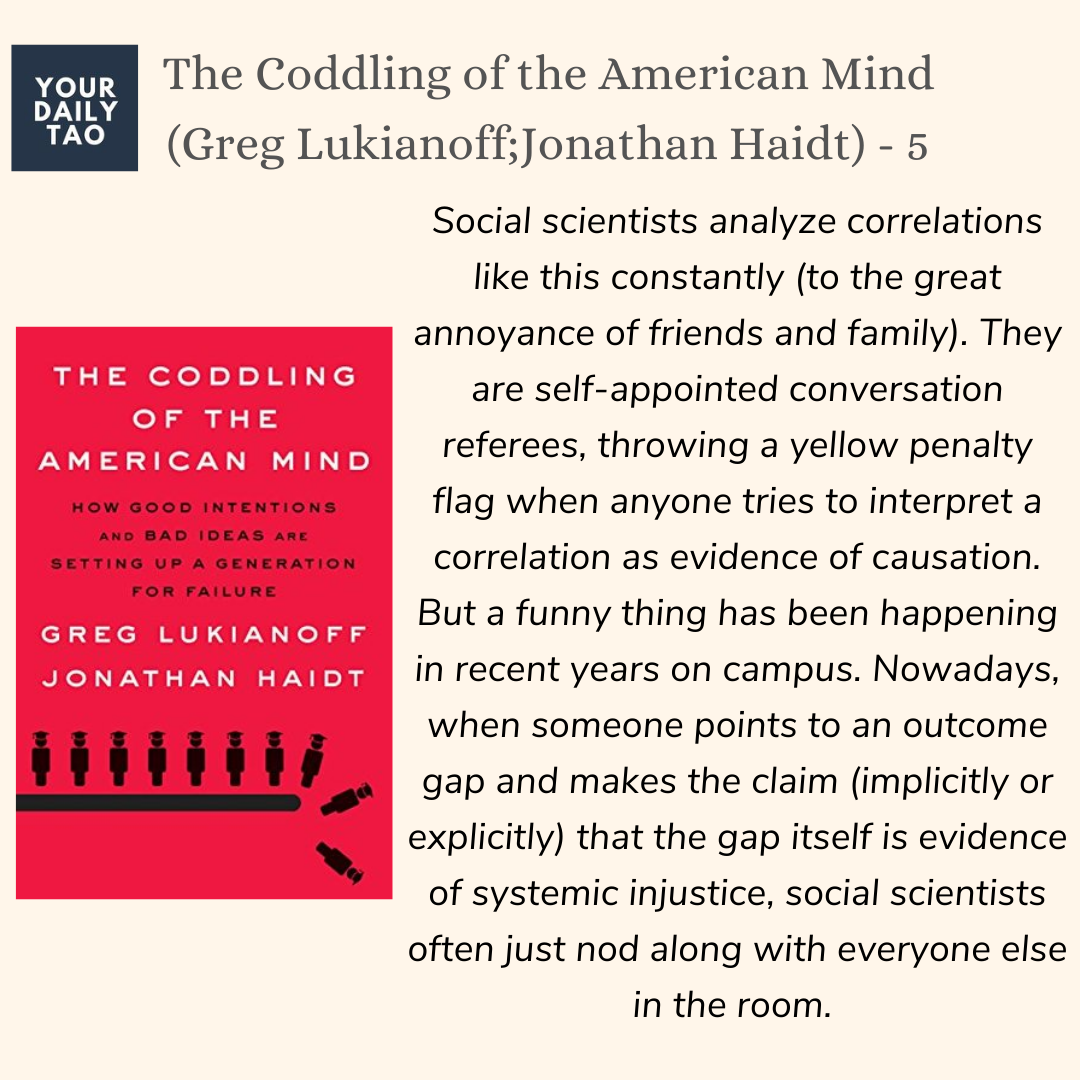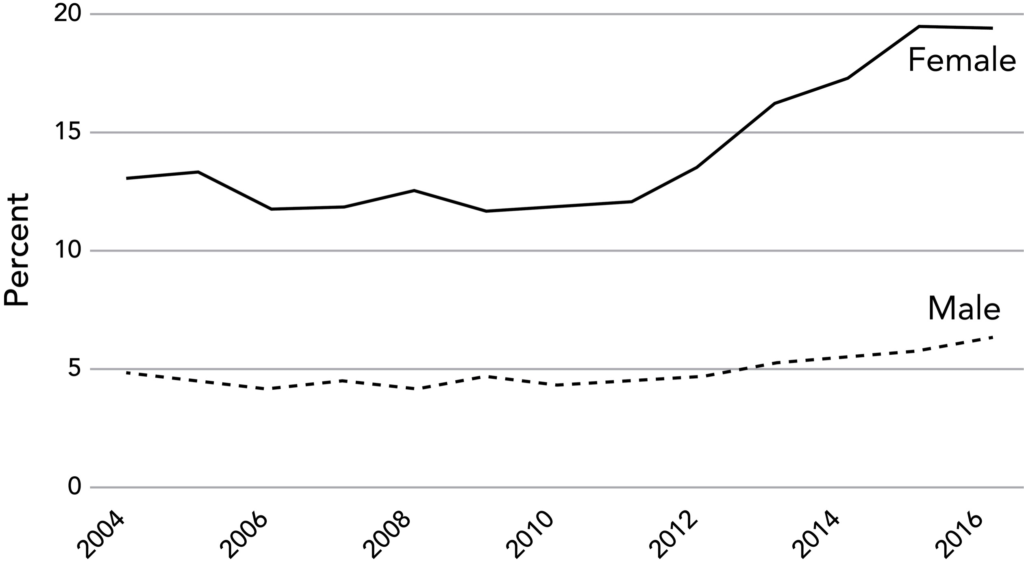The models share three common characteristics: First, they simplify, stripping away unnecessary details, abstracting from reality, or creating anew from whole cloth. Second, they formalize, making precise definitions. Models use mathematics, not words. A model might represent beliefs as probability distributions over states of the world or preferences as rankings of alternatives. By simplifying and making precise, they create tractable spaces within which we can work through logic, generate hypotheses, design solutions, and fit data. Models create structures within which we can think logically. As Wittgenstein wrote in his Tractatus Logico-Philosophicus, “Logic takes care of itself; all we have to do is to look and see how it does it.” The logic will help to explain, predict, communicate, and design. But the logic comes at a cost, which leads to their third characteristic: all models are wrong, as George Box noted. That is true of all models; even the sublime creations of Newton that we refer to as laws hold only at certain scales. Models are wrong because they simplify. They omit details. By considering many models, we can overcome the narrowing of rigor by crisscrossing the landscape of the possible. To rely on a single model is hubris. It invites disaster. To believe that a single equation can explain or predict complex real-world phenomena is to fall prey to the charisma of clean, spare mathematical forms. We should not expect any one model to produce exact numerical predictions of sea levels in 10,000 years or of unemployment rates in 10 months. We need many models to make sense of complex systems. Complex systems like politics, the economy, international relations, or the brain exhibit ever-changing emergent structures and patterns that lie between ordered and random. By definition, complex phenomena are difficult to explain, evolve, or predict.
I’ll be covering some of the interesting excerpts I found in this book. This is a book that mainly covers certain general concepts that we can use when interpreting data, though (from my often faulty memory), don’t really contain anything too specific. Some of the concepts are pretty interesting, and are things that should practice regardless of whether its just about interpreting data or just trying to make sense of what goes on around us.
In this 1st passage, what I think we can takeaway is that like models, we should never let any 1 line of reasoning dominate our thoughts. For instance, having a thought that “You have to be born rich to be rich”. In general, we can always find examples in life that feeds our confirmation bias. For any situation, we’ll only be able to see it in the lens of our original thought (wealth inequality). That is why we need multiple models to assess problems, and be able to see things from different perspectives to avoid falling into the trap of hubris.










